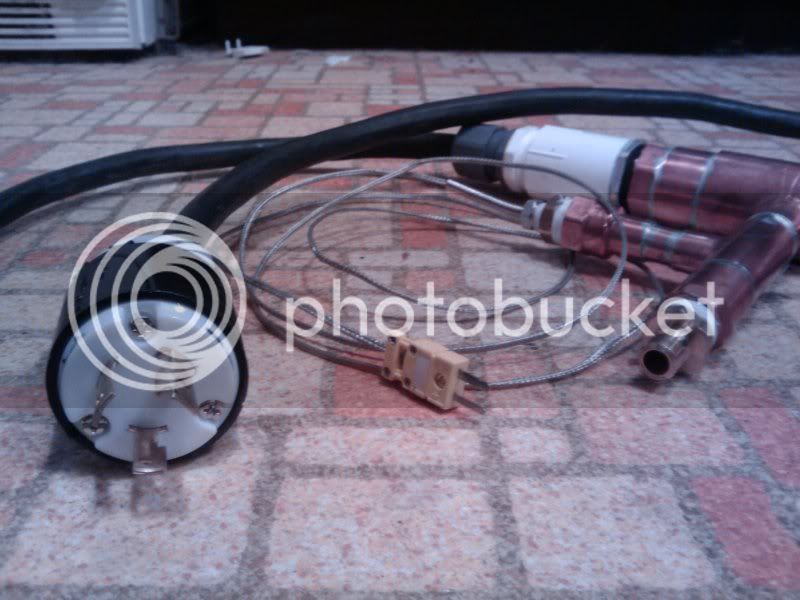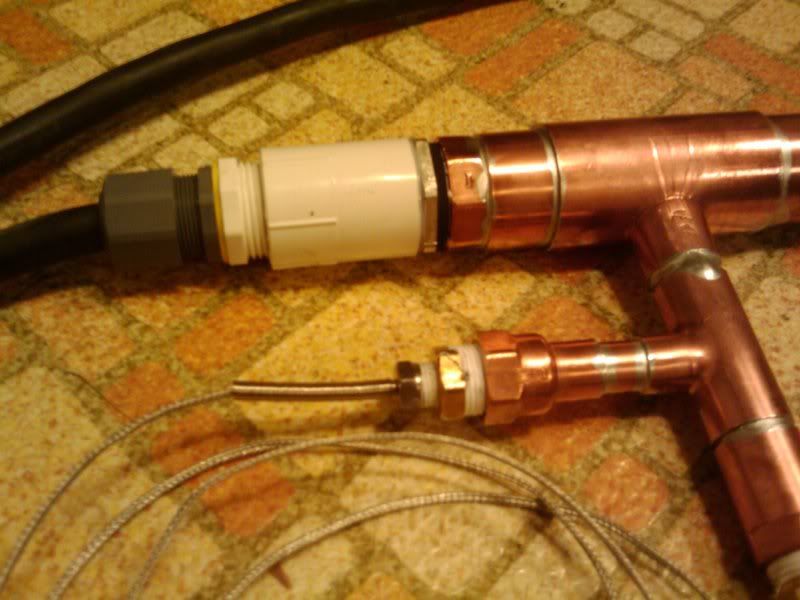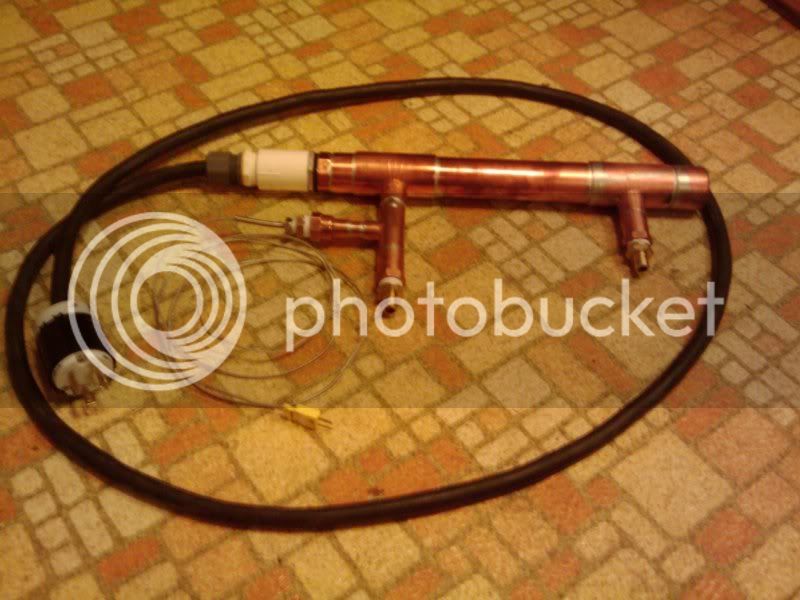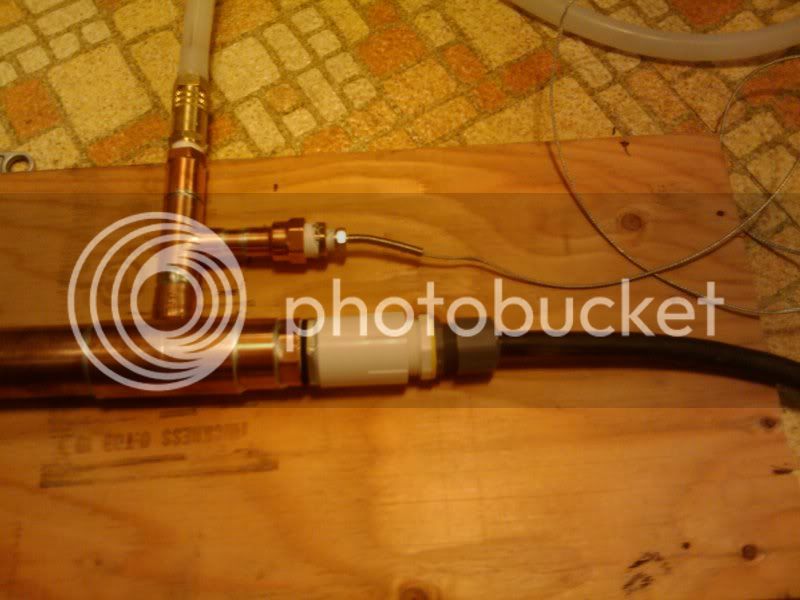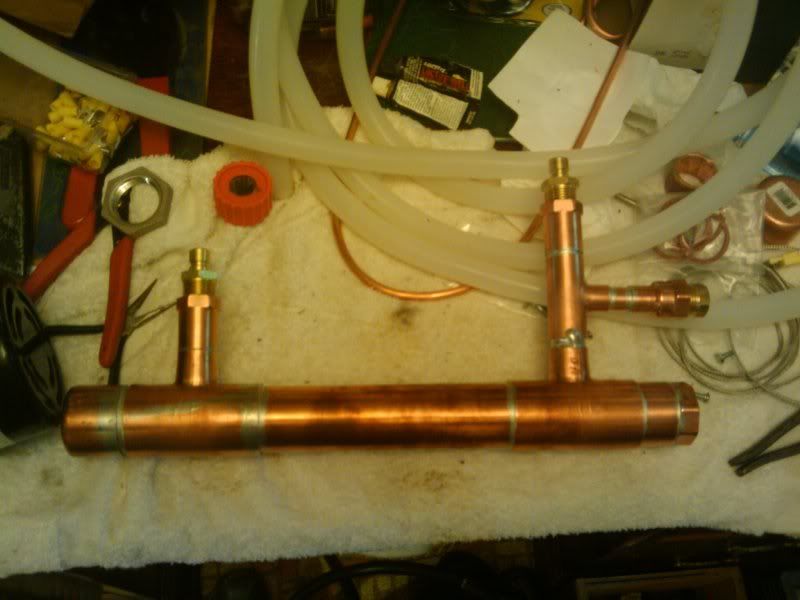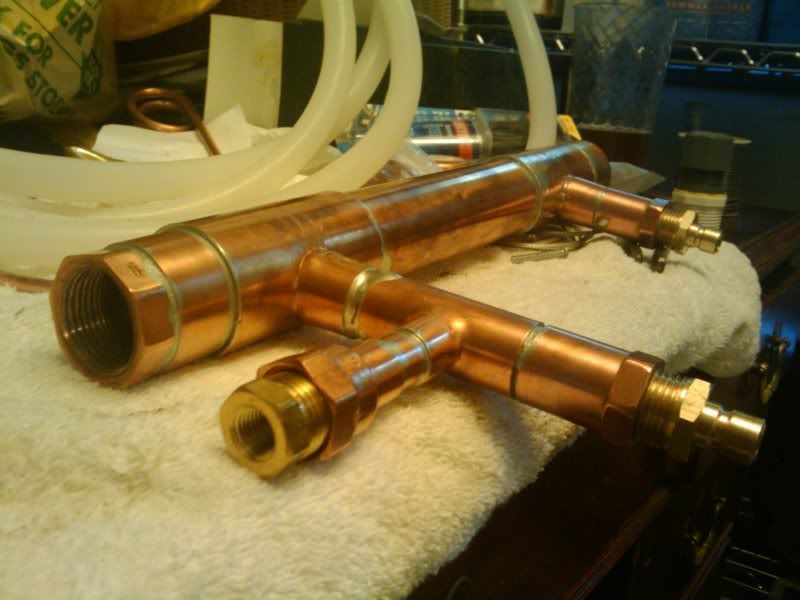Sawdustguy
Well-Known Member
I really wonder about using the PID alarm. Here is the problem as I see it... you are relying on the PID temp probe to set the alarm when the temp gets to high, but if the RIMs tube empties what will the probe read? I understand that it "should" work if the element boils the tube empty and generates steam, but I'm not sure it will really work??
If the tube empties it's gonna get real hot in that tube real fast. The temperature probe will read that and and as soon as the temperature goes above the alarm setting the PID relay will open therefore breaking the connection from the PID to the SSR. That will turn off the element. I am from the better safe than sorry school so I use both the alarm relay and flow switch.











![Craft A Brew - Safale S-04 Dry Yeast - Fermentis - English Ale Dry Yeast - For English and American Ales and Hard Apple Ciders - Ingredients for Home Brewing - Beer Making Supplies - [1 Pack]](https://m.media-amazon.com/images/I/41fVGNh6JfL._SL500_.jpg)














































